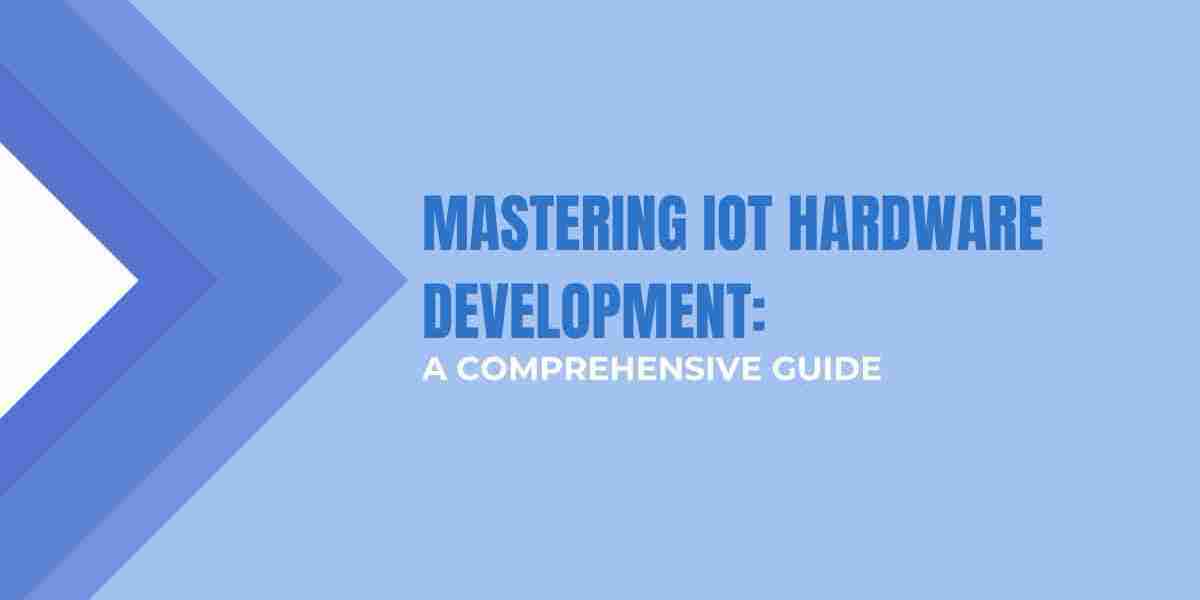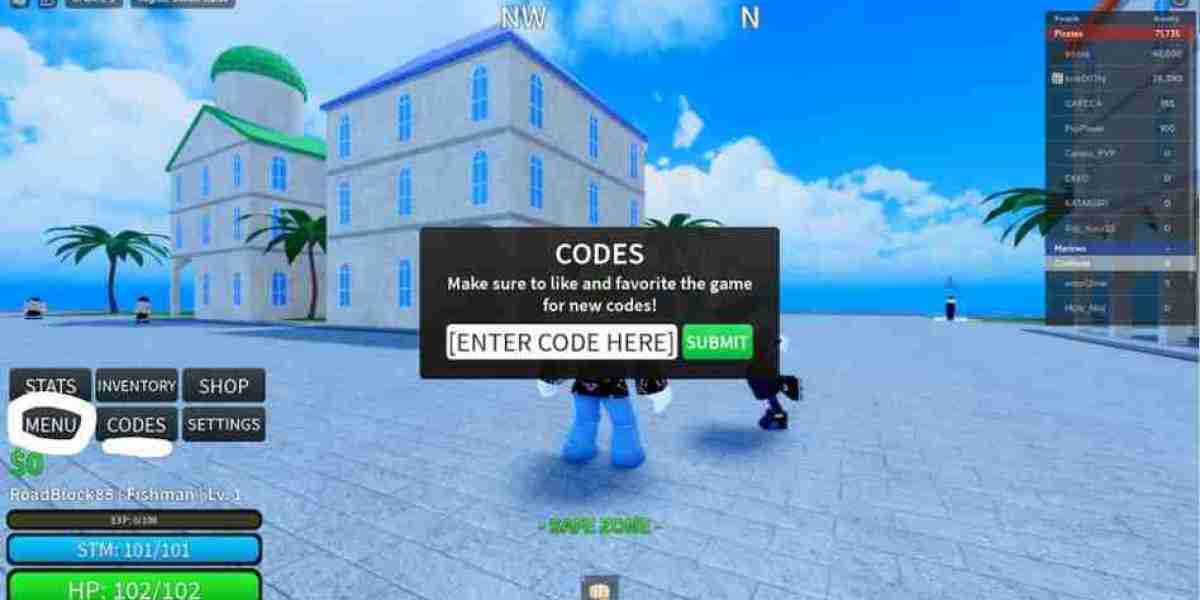In today’s hyperconnected world, the Internet of Things (IoT) has become the silent force driving automation, intelligence, and innovation across every industry. From smart homes to industrial automation, IoT devices have made their way into the very fabric of our daily lives. At the heart of every successful IoT solution lies robust IoT hardware development—the engine that powers it all.
But what does IoT hardware development actually involve? And how do IoT hardware prototyping development services accelerate the process? Let's break it all down in plain, human terms.
What is IoT Hardware Development?
IoT hardware development is the process of designing, building, and testing physical devices embedded with sensors, actuators, and communication modules that interact with the digital world. These devices collect and transmit data, enabling real-time insights and automation.
Think of it as building the “body” of an IoT solution. While software forms the “brain,” the hardware gives it the physical senses and limbs to see, hear, move, and act.
Why is IoT Hardware Crucial?
You can have the smartest software, but without solid hardware, it’s like a genius without a voice or hands. IoT hardware gives your solution form and function—sensors to sense, processors to compute, and connectivity modules to communicate.
Key Components of IoT Hardware
1. Sensors and Actuators
Sensors gather data from the environment (temperature, motion, humidity, etc.)
Actuators perform actions based on that data (like turning on a fan)
2. Microcontrollers and Microprocessors
The brains of the device. They handle instructions and processing.
Popular chips: Arduino, Raspberry Pi, ESP32, STM32
3. Connectivity Modules
Devices use Wi-Fi, Bluetooth, LoRa, Zigbee, or Cellular to talk to the cloud.
4. Power Management
Battery efficiency is crucial. Devices need to last long on minimal power.
Solar panels and low-power chips often help in remote locations.
5. PCBs (Printed Circuit Boards)
The motherboard that holds everything together.
Compact design and efficient routing are vital.
The IoT Hardware Development Process
Developing IoT hardware isn’t just throwing some sensors onto a board and calling it a day. It’s a detailed, iterative journey:
1. Requirements Gathering
What problem are you solving?
What environment will the device operate in?
What data is needed?
2. Component Selection
Choose sensors, microcontrollers, connectivity modules
Optimize for size, cost, power, and performance
3. Schematic Design
Electrical blueprint showing how components connect
Tools like Eagle or KiCAD are often used
4. PCB Layout Design
The physical design of the board
Involves trace routing, spacing, and form factor planning
5. Prototyping
Initial version of the device is built
Helps test functionality before large-scale production
The Power of IoT Hardware Prototyping Development Services
This is where things get real.
IoT hardware prototyping development services help companies bring concepts to life faster, cheaper, and smarter. Instead of going it alone, these services offer:
1. End-to-End Support
From ideation to final prototype—engineers, designers, and manufacturers help you at every stage.
2. Faster Iteration Cycles
Quick turnaround means you can test, tweak, and test again without burning months of time.
3. Cost-Effective Development
They help reduce risks and cut costs through expertise and established supply chains.
4. Access to Expertise
Working with pros means you avoid rookie mistakes and leverage years of experience.
Choosing the Right IoT Hardware Prototyping Partner
When picking a development partner, look for:
Experience in your industry
Transparency in pricing and timelines
In-house capabilities for both hardware and firmware
Agility to iterate fast and scale easily
Common Challenges in IoT Hardware Development
1. Hardware Constraints
Limited memory, power, and processing force creative solutions.
2. Connectivity Issues
Intermittent networks or interference can wreak havoc.
3. Environmental Impact
Dust, heat, moisture—all can damage hardware if not built right.
4. Cost Balancing
Adding features increases cost and complexity. It’s always a tradeoff.
Best Practices for IoT Hardware Development
1. Design for Scalability
Start small but plan for growth.
2. Modular Architecture
Design in blocks—easy to update or swap parts as needed.
3. Emphasize Security
Hardware-based encryption and secure boot processes are essential.
4. Optimize for Power
Every mAh matters in remote or wearable devices.
Real-World Applications of IoT Hardware
1. Smart Cities
Traffic sensors, street lighting, waste management
2. Agriculture
Soil sensors, automated irrigation systems
3. Healthcare
Wearable health monitors, remote diagnostics
4. Industry 4.0
Predictive maintenance, machine monitoring
Trends Shaping the Future of IoT Hardware
1. Edge Computing
More processing on the device, less on the cloud
2. AI-Enabled Devices
Smarter sensors, on-device learning
3. Smaller, Smarter Chips
Tiny, energy-efficient, yet powerful microcontrollers
4. 5G and Beyond
Faster data, lower latency for real-time performance
Why IoT Hardware Development is a Strategic Investment
You’re not just building gadgets—you’re enabling transformation. Whether it's saving energy, improving health, or optimizing operations, good IoT hardware turns data into action and vision into value.
Conclusion
IoT hardware development is the unsung hero of the connected world. It’s a thrilling, complex, and essential process that transforms brilliant software into tangible, world-changing products. From selecting the right sensors to building scalable prototypes with expert services, it’s a journey that demands creativity, precision, and passion.
By partnering with the right IoT hardware prototyping development services, you can speed up innovation, reduce risk, and build with confidence. Whether you're a startup or an enterprise, the time to invest in IoT hardware is now—because the future is being built one device at a time.
FAQs
1. What is the average cost of IoT hardware development?
Costs can range from a few thousand to several hundred thousand dollars, depending on complexity, components, and volume.
2. How long does it take to develop an IoT prototype?
Typically, 4–12 weeks. It depends on the scope and the number of iterations needed.
3. Can I use off-the-shelf components for IoT prototyping?
Yes, especially in early stages. Boards like Arduino and Raspberry Pi are great for MVPs.
4. How do I choose the right connectivity module?
It depends on range, data volume, and power needs. Wi-Fi and Bluetooth are good for short range; LoRa and NB-IoT work well for long-distance, low-power needs.
5. What's the difference between a microcontroller and a microprocessor?
Microcontrollers (MCUs) are smaller, self-contained, and great for simple tasks. Microprocessors (MPUs) are more powerful and suitable for complex operations like running an OS.



